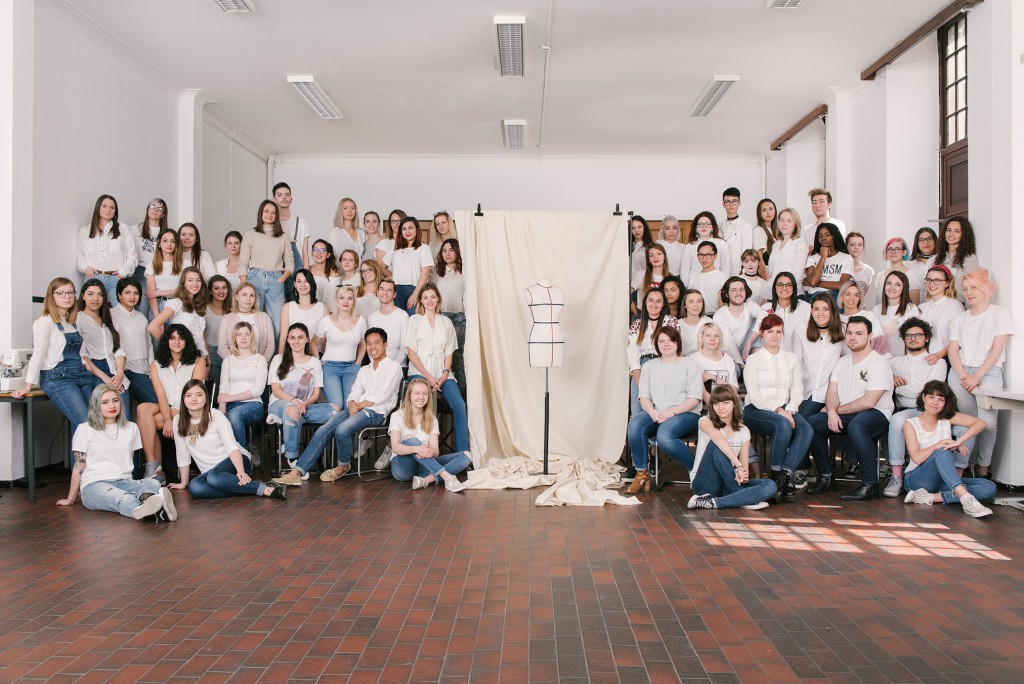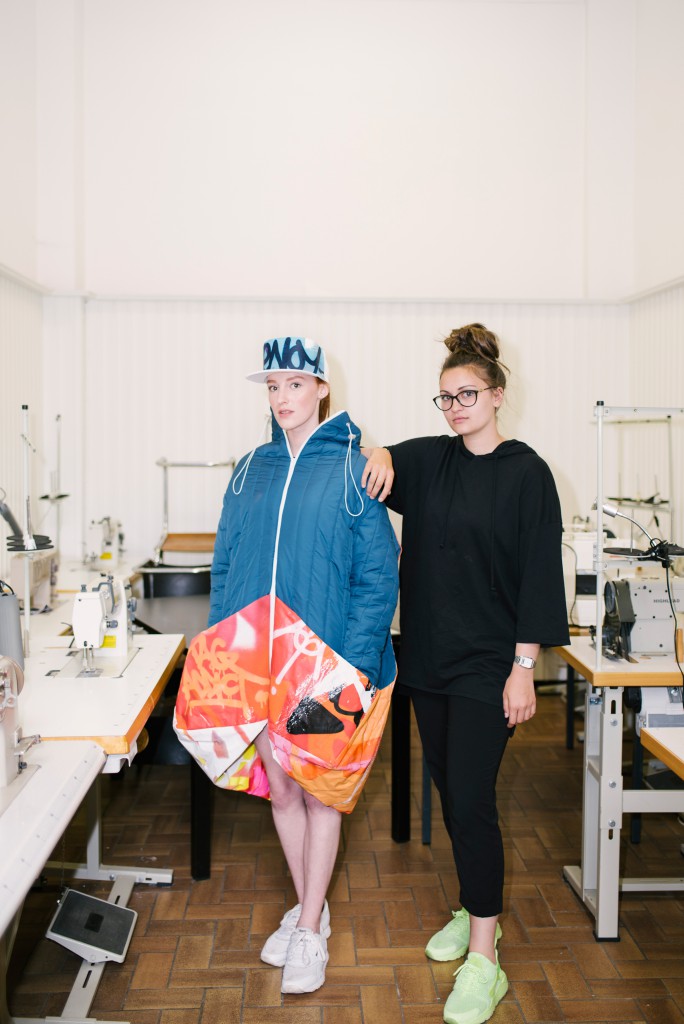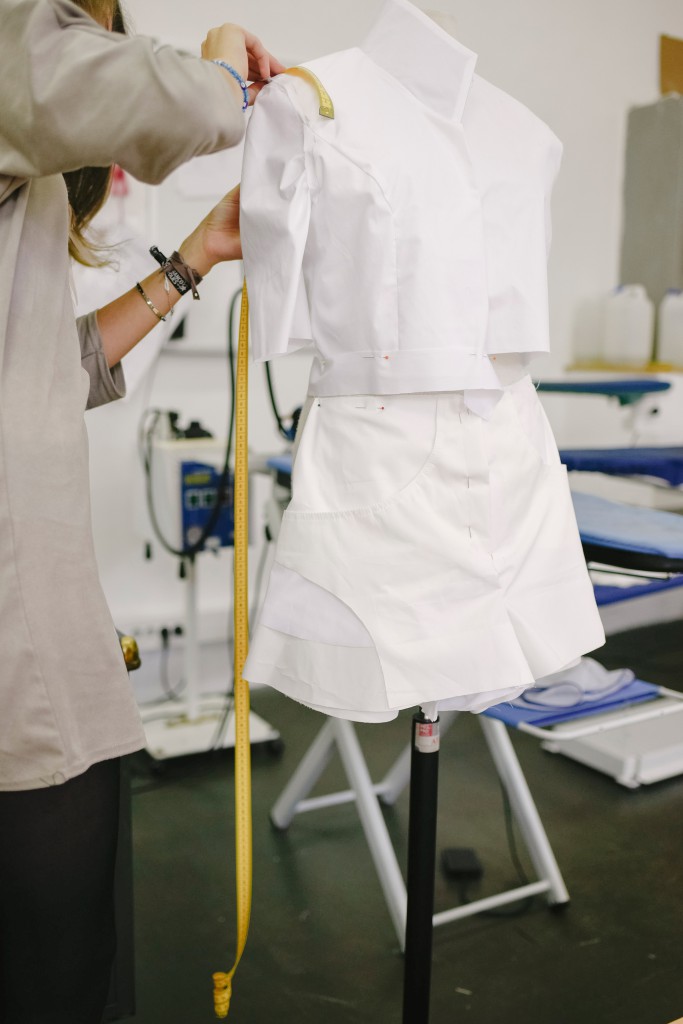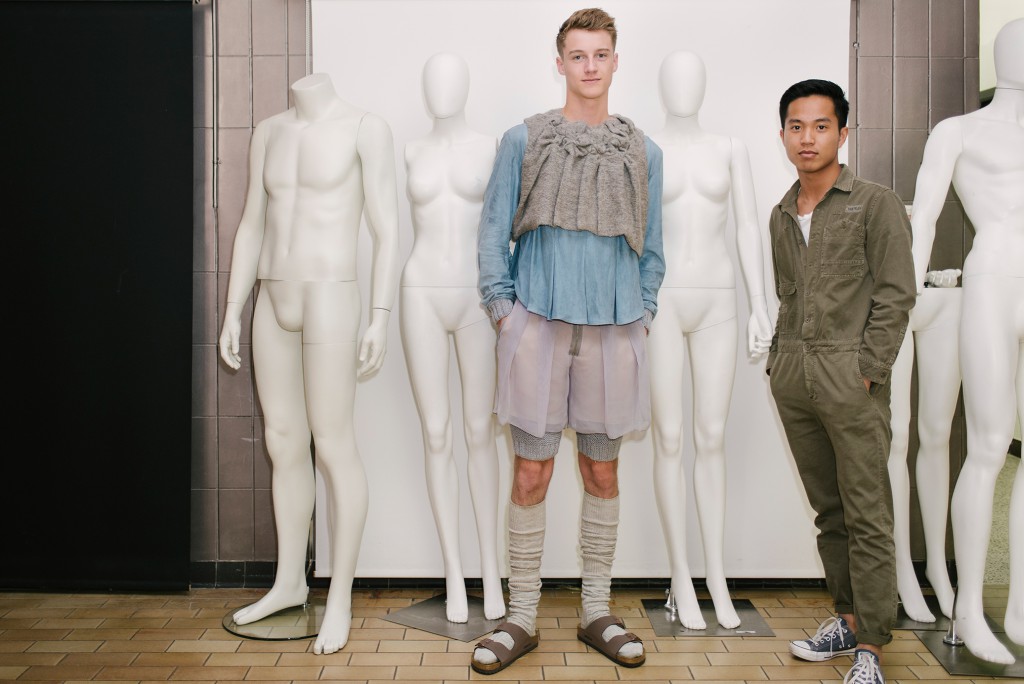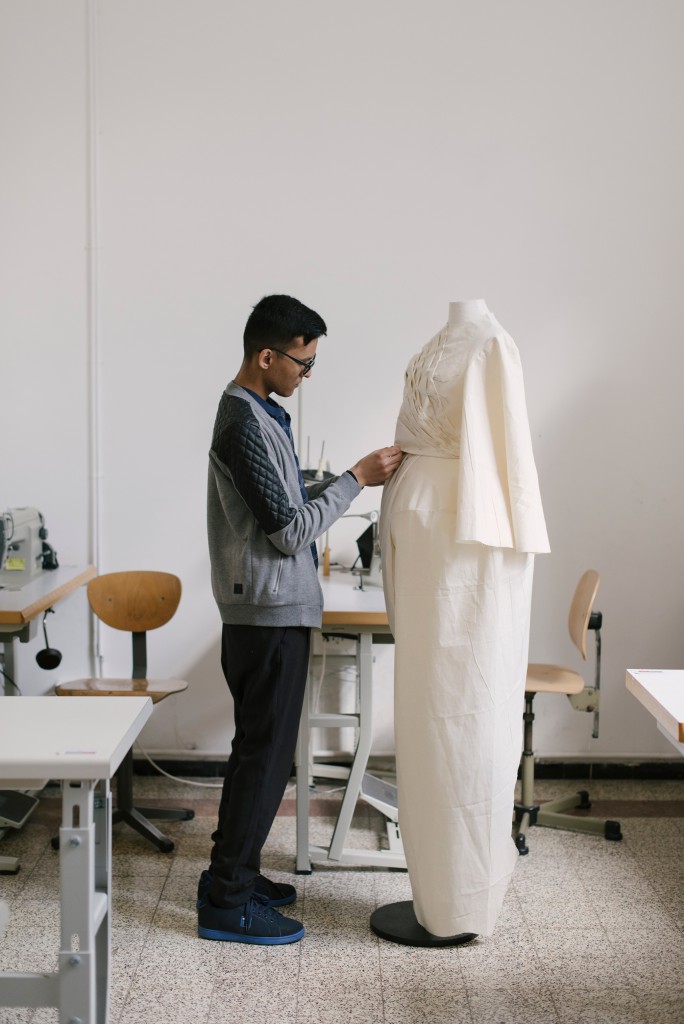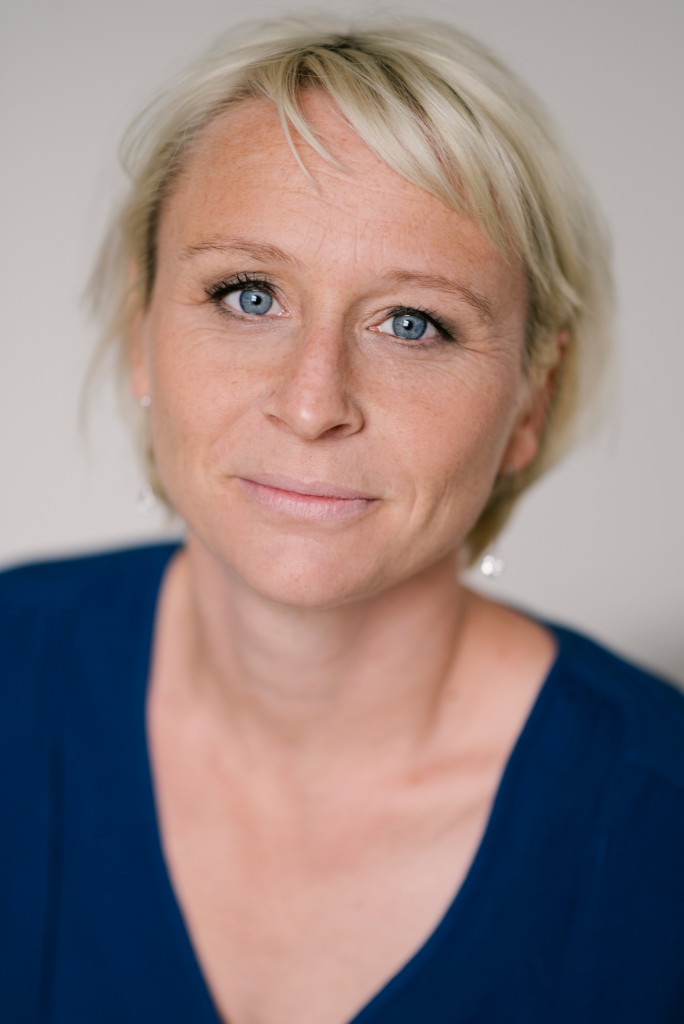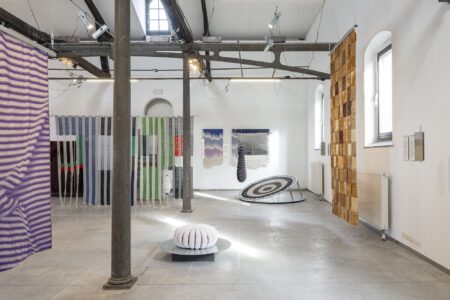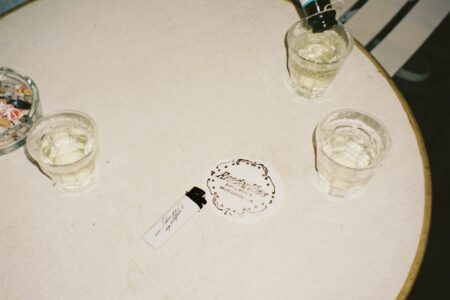HELMo Mode: Technical flair
Two young graduates from of HELMo Mode in Liège will represent Europe at WorldSkills Abu Dhabi 2017 in October, offering an excellent example of the technical skills imparted by a school that, for several years, has also aimed to provide a training ground for the textile sector. Director Laetitia Braham addresses the challenges around the decision to programmatically prioritise technical and business expertise.
TLmag: Why did you choose to draw attention this year to the business expertise taught at HELMo Mode?
Laetitia Braham: At our school, we provide a technical-artistic training. Our fashion show is a simple and direct way to shine a light on the artistic side of the education. But it is much harder to make the technical aspects ‘sexy’. At a time when the entire sector is celebrating technical and artisanal expertise, our students’ know-how is an added value that we felt was important to capitalise on.
TLmag: How are your students better prepared here than elsewhere to occupy key functions in the textile industry?
LB: Our training is based around three main axes: the artistic, the technical and the economic. By starting with a theme, by transposing it into clothing, and by then developing it into a final product, the student goes through the sketching, pattern-making and manufacturing aspects. Their culture and artistic fibre are boosted through fashion design courses. They create silhouettes from start to finish, gaining an understanding of the difficulties and technical constraints of production. At the end of their training, they are ready to work from design, through to manufacturing and production follow-up.
TLmag: The third axis is more business-oriented. Can you tell us about it?
LB: The students learn to express themselves in both English and Dutch, so they have the linguistic abilities they need to build their credibility internationally. Courses in marketing, communication, law, design and organisational management complete the curriculum. This ensures they have the foundation knowledge to support themselves as entrepreneurs (creating their own brand, opening a boutique, launching a concept, to give a few examples), and to understand the inner workings of marketing and communication, in order to bring their business to life and success. In parallel, we work directly with the professional world. People in the business regularly come to speak about their experiences or to provide a training module, and the students themselves visit companies, where they meet these professionals. Internships also allow students to immerse themselves for the first time in company life.
TLmag: As the director, what are the opportunities and challenges facing the business programme itself?
LB: To me, the word ‘opportunity’ goes hand-in-hand with our desire to position ourselves in a clear way internationally. We already collaborate with other schools through the Erasmus programme and with a fashion design school in Dakar. We want to develop our partnerships with clothing manufacturers abroad to enable our students to experience the role of production manager. We are also negotiating with large companies abroad to explore future partnership opportunities.
TLmag: The awards and recognition students have received – such as EuroSkills – are an excellent encouragement for the future of the programme. How do you view these successes?
LB: Firstly, I have great admiration for these students, and also for the professors who have brought them to this level. Our teaching faculty is very demanding towards the students, and this quest for excellence drives our students to distinguish themselves in Belgium and beyond. Our students won the Gold medal at EuroSkills last December, as well as the Belgian Customisez-Moi award for several years in a row. These successes are both the encouragement and the fruition of the work of many years.
TLmag: You have also incorporated the Young Patterns programme, a new platform that aims to forge relationships between new graduates and the textile industry. Is this moving in the same direction, in terms of enhancing the technical aspects of your teaching?
LB: We want to offer our students a maximum of tools to explore different roles in the fashion world and to understand the brand range of professional opportunities. The Young Patterns programme is essentially one part of fulfilling this desire.
TLmag: Tell us about the career opportunities open to HELMo Mode graduates?
LB: While we don’t push our students in this direction – given the current economic situation – several of our students have launched their own brands. Among the students who have chosen to join existing companies, some are working for major Belgian or international brands where they create, design, make patterns, or specialise in production. Others have become raw material purchasers, work as visual merchandisers, or in the area of fashion accessories.
WBDM – Wallonie-Bruxelles Design Mode is closely collaborating with TLmag for interviewing a selection of Belgian talents in fashion and design from Wallonia and Brussels, in order to promote them on the international scene.
Read more articles on WBDM News Feed and on TLmag Online Edition Wallonie-Bruxelles Design Mode
